
The burial locations of the twelve apostles of Jesus Christ are not definitively known, and there is much debate and legend surrounding their resting places. Often the journeys of the Apostles’ remains from the locations of their deaths or martyrdoms to their current resting places often involve a mix of legend, historical accounts, tradition, and archaeological findings.
Here’s the list of burial sites.
St. Peter (Simon Peter)
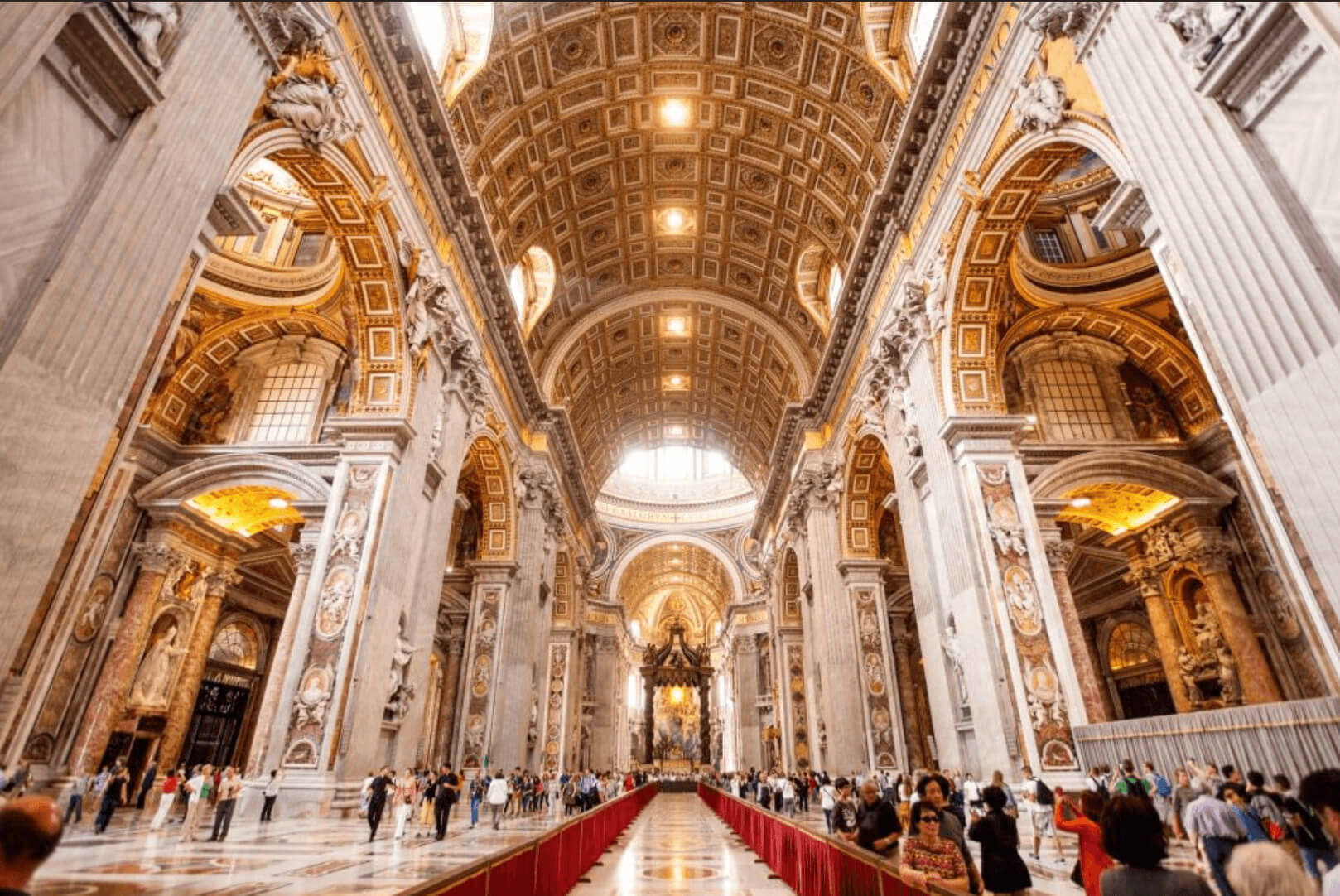
St. Peter, one of the foremost Apostles, was crucified upside down in Rome, around 64-67 AD, during the persecution of Christians by Emperor Nero. After his crucifixion, St. Peter was said to have been buried in a cemetery on Vatican Hill. Over the centuries, this site became revered. In the 4th century, Emperor Constantine ordered the construction of the first St. Peter’s Basilica over his tomb. The remains were moved several times within the basilica, and in the 20th century, archaeological excavations confirmed the presence of a first-century burial site, which is now considered his final resting place.
St. Paul (Saul of Tarsus)
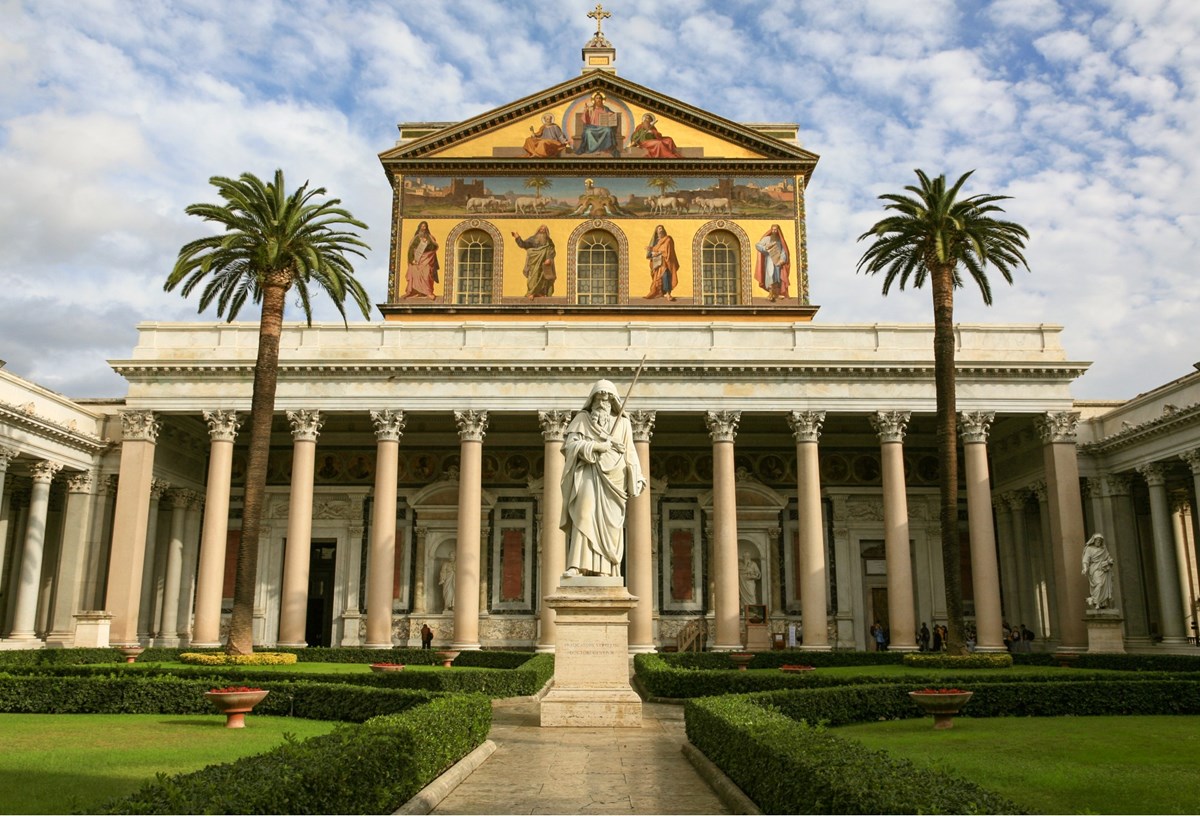 Paul was a Roman citizen and therefore not subject to crucifixion. He was beheaded in Rome under Emperor Nero’s orders around 67 AD. Following the beheading, it is believed that his followers took his body and buried it along the Via Ostiensis. The present-day Basilica of Saint Paul Outside the Walls stands over his tomb. The basilica has undergone renovations and reconstruction over the centuries and now contains the portraits of every pope.
Paul was a Roman citizen and therefore not subject to crucifixion. He was beheaded in Rome under Emperor Nero’s orders around 67 AD. Following the beheading, it is believed that his followers took his body and buried it along the Via Ostiensis. The present-day Basilica of Saint Paul Outside the Walls stands over his tomb. The basilica has undergone renovations and reconstruction over the centuries and now contains the portraits of every pope.
St. James the Greater
 St. James, brother of John, was martyred by King Herod Agrippa I in 44 AD, becoming one of the first Apostles to be martyred. After his martyrdom, tradition holds that his disciples transported his body to Spain, where it was buried in what is now Santiago de Compostela. His tomb was rediscovered in the 9th century, leading to the development of the famous Camino de Santiago pilgrimage route. Another cathedral in Spain, Our Lady of the Pillar in Zaragoza, is also associated with him. When he was preaching in Spain in 40 AD, he was disheartened with his lack of success in proclaiming the gospel in Caesaraugusta (present-day Zaragoza), when he saw Mary (still alive at the time) miraculously appear on a pillar, comforting him and calling him to return to Jerusalem.
St. James, brother of John, was martyred by King Herod Agrippa I in 44 AD, becoming one of the first Apostles to be martyred. After his martyrdom, tradition holds that his disciples transported his body to Spain, where it was buried in what is now Santiago de Compostela. His tomb was rediscovered in the 9th century, leading to the development of the famous Camino de Santiago pilgrimage route. Another cathedral in Spain, Our Lady of the Pillar in Zaragoza, is also associated with him. When he was preaching in Spain in 40 AD, he was disheartened with his lack of success in proclaiming the gospel in Caesaraugusta (present-day Zaragoza), when he saw Mary (still alive at the time) miraculously appear on a pillar, comforting him and calling him to return to Jerusalem.
St. John

St. John, often called “the Beloved Disciple,” died of natural causes in Ephesus, present-day Turkey, making him the only Apostle who did not suffer martyrdom. His grave became a pilgrimage site. Later, the remains were transferred to various churches, including the Church of St. John in Ephesus. After the Oghuz Turks conquered Ephesus in the 14th century, the church was briefly converted to a mosque—soon earthquakes destroyed the already crumbling relic.
St. Andrew
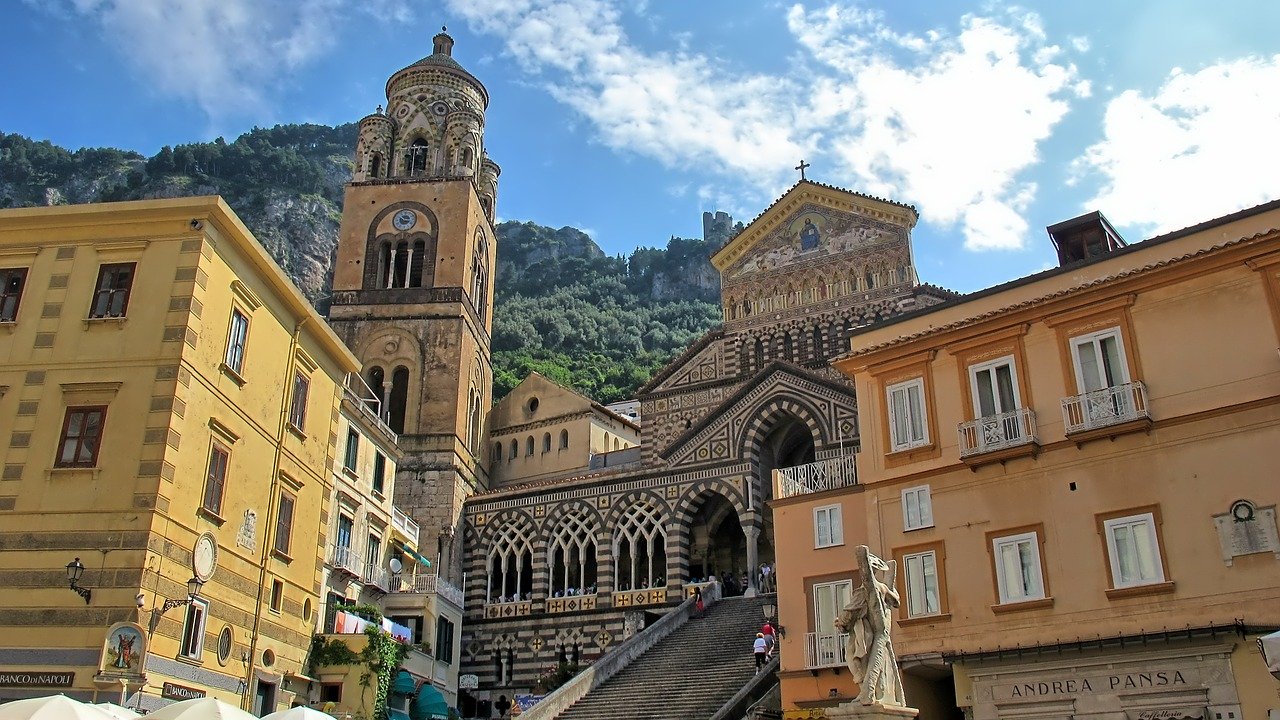 The patron saint of Scotland was crucified on an X-shaped cross (which now appeared on the Scottish flag) in Patras, Greece, around 60 AD. After his crucifixion, it is believed that St. Andrew’s relics were eventually transported to Constantinople (modern-day Istanbul). In the 4th century, Emperor Constantine brought some of his relics to the Church of St. Andrew in Patras. Later, during the Fourth Crusade, parts of his remains were taken to Amalfi, Italy, where they are now venerated in the Cathedral of Amalfi. In 1908, a new Greek Byzantine-style church was built in Patras and some relics were also transferred there.
The patron saint of Scotland was crucified on an X-shaped cross (which now appeared on the Scottish flag) in Patras, Greece, around 60 AD. After his crucifixion, it is believed that St. Andrew’s relics were eventually transported to Constantinople (modern-day Istanbul). In the 4th century, Emperor Constantine brought some of his relics to the Church of St. Andrew in Patras. Later, during the Fourth Crusade, parts of his remains were taken to Amalfi, Italy, where they are now venerated in the Cathedral of Amalfi. In 1908, a new Greek Byzantine-style church was built in Patras and some relics were also transferred there.
St. Thomas
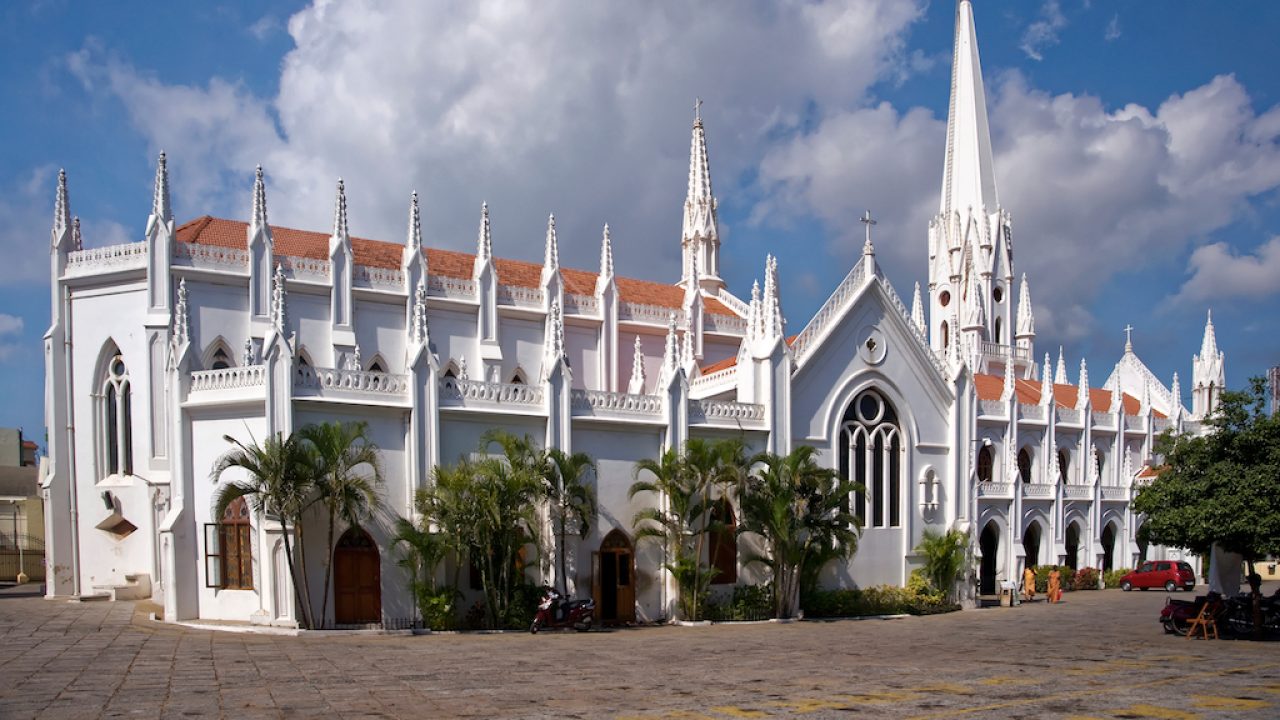 St. Thomas travelled far east and was martyred by being pierced with a lance in India, where he had been spreading Christianity. His body was initially buried there. Over time, his relics were divided and transported to different places, including the city of Edessa (modern-day Şanlıurfa, Turkey) and later to Ortona, Italy, where they are now located in the Cathedral of San Tommaso. In 1521, the Portuguese rebuilt a shrine over the tomb of Thomas, which had become neglected and it later become San Thome Church in Madras.
St. Thomas travelled far east and was martyred by being pierced with a lance in India, where he had been spreading Christianity. His body was initially buried there. Over time, his relics were divided and transported to different places, including the city of Edessa (modern-day Şanlıurfa, Turkey) and later to Ortona, Italy, where they are now located in the Cathedral of San Tommaso. In 1521, the Portuguese rebuilt a shrine over the tomb of Thomas, which had become neglected and it later become San Thome Church in Madras.
St. James the Lesser
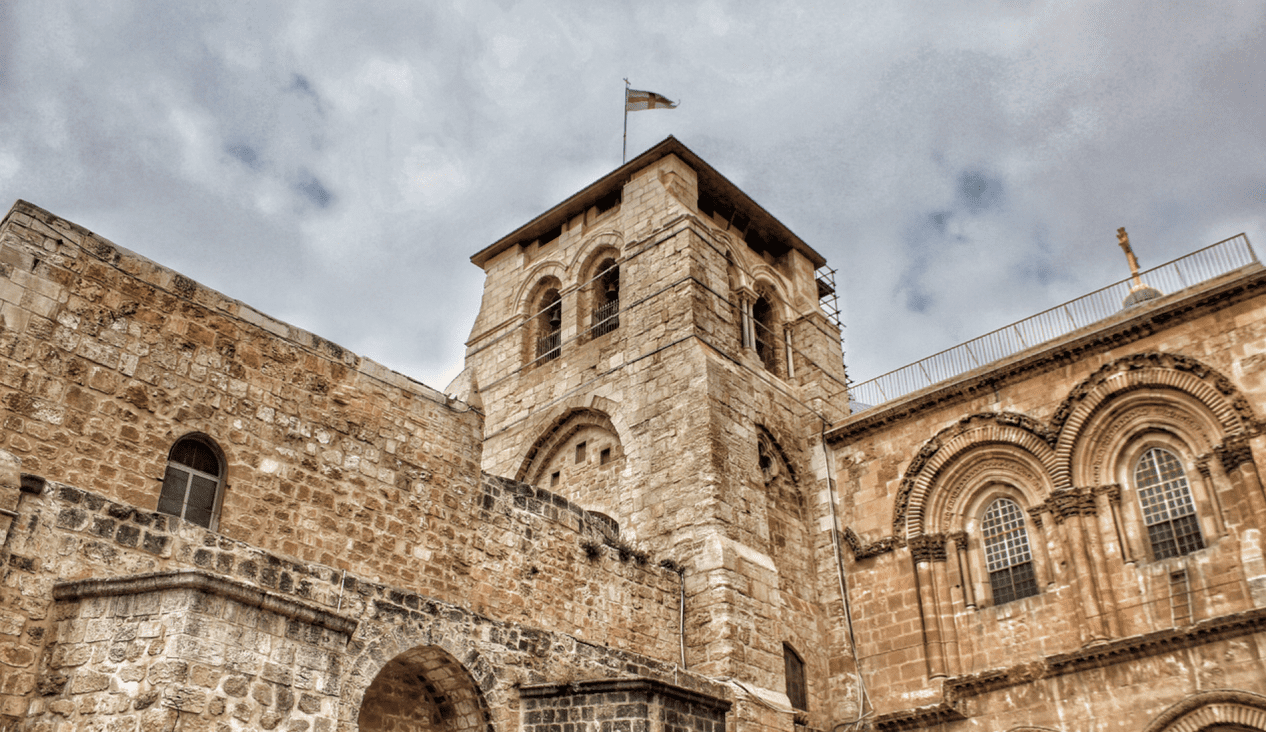 St. James, the son of Alphaeus, was stoned to death in Jerusalem around 62 AD. After his martyrdom, the exact details of the transportation of St. James the Lesser’s remains are not well-documented. Tradition suggests that his body was buried in Jerusalem. Today, the Church of St. James in Jerusalem, located in the Armenian Quarter of the Old City, is believed to house his relics.
St. James, the son of Alphaeus, was stoned to death in Jerusalem around 62 AD. After his martyrdom, the exact details of the transportation of St. James the Lesser’s remains are not well-documented. Tradition suggests that his body was buried in Jerusalem. Today, the Church of St. James in Jerusalem, located in the Armenian Quarter of the Old City, is believed to house his relics.
St. Philip
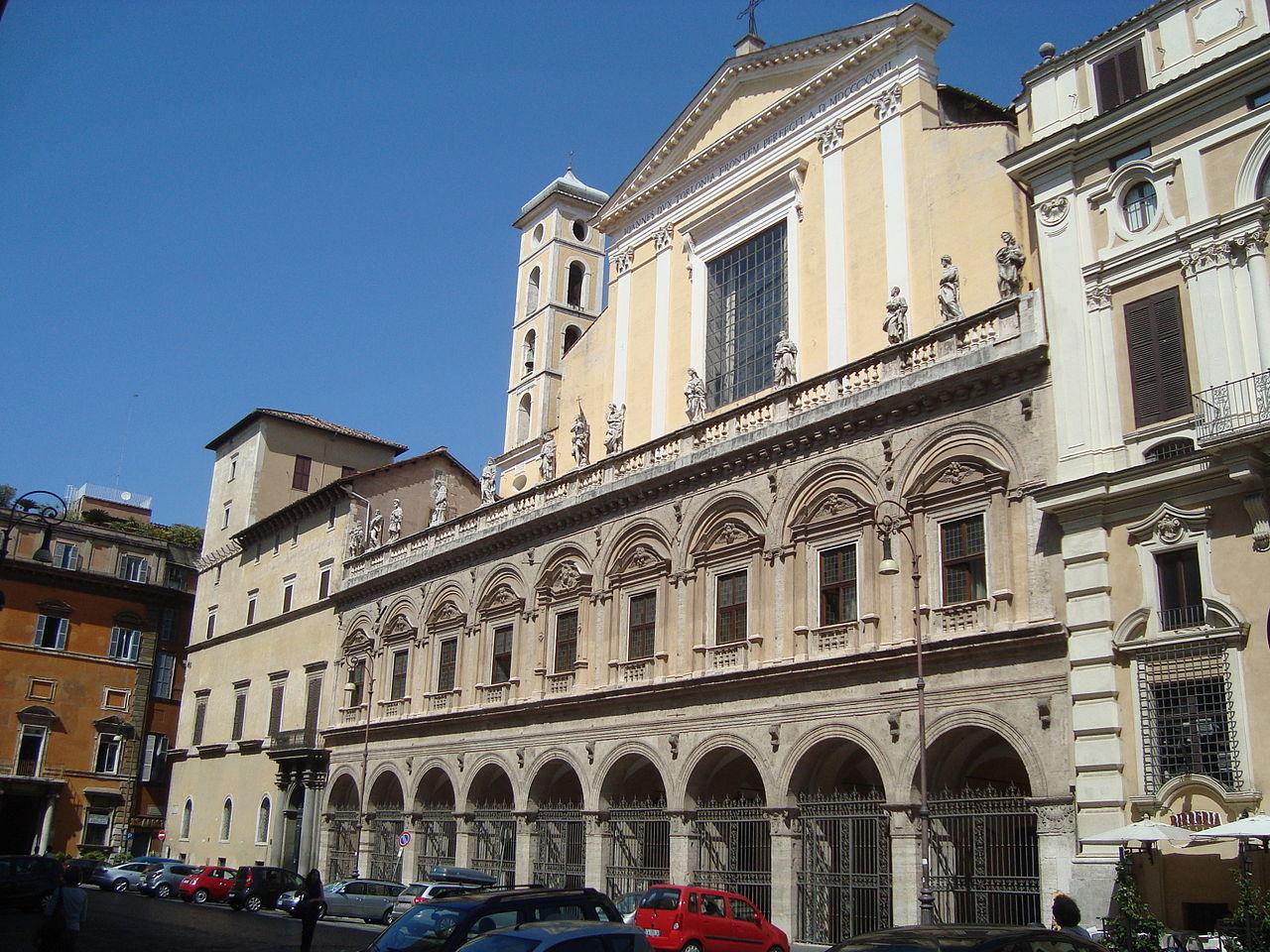 Philip was crucified in Hierapolis, Phrygia (modern-day Turkey) around 80 AD. St. Philip’s relics, like many of the Apostles, were transported to Rome. The transportation details are not extensively recorded, but his tomb in the Basilica of the Holy Apostles in Rome has been a long-standing tradition. This basilica was originally built in the 6th century and underwent several renovations throughout its history.
Philip was crucified in Hierapolis, Phrygia (modern-day Turkey) around 80 AD. St. Philip’s relics, like many of the Apostles, were transported to Rome. The transportation details are not extensively recorded, but his tomb in the Basilica of the Holy Apostles in Rome has been a long-standing tradition. This basilica was originally built in the 6th century and underwent several renovations throughout its history.
St. Bartholomew
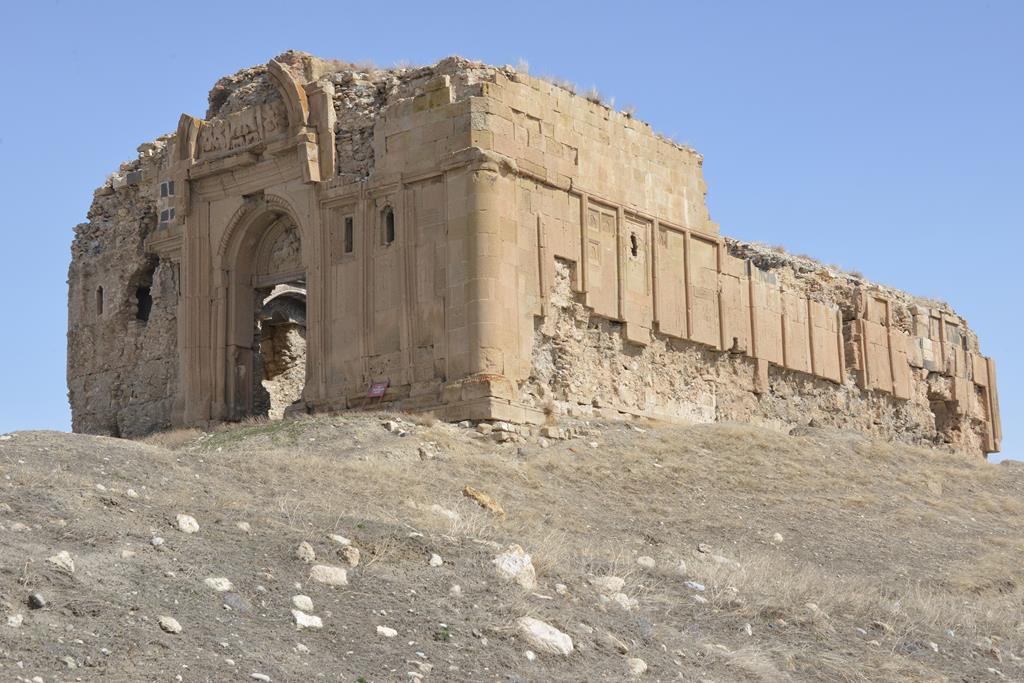 St. Bartholomew, also known as Nathanael, was flayed alive and then crucified in Armenia. The 13th-century Saint Bartholomew Monastery was constructed at the presumed site of Bartholomew’s martyrdom in Vaspurakan(now in southeastern Turkey). The monastery was abandoned in 1915 during the Armenian genocide and later destroyed. His relics were later transferred to Rome. The Basilica of San Bartolomeo all’Isola in Rome houses an altar dedicated to St. Bartholomew and is a place of veneration. A different scholarship indicates that Bartholomew died in Kalyan in India.
St. Bartholomew, also known as Nathanael, was flayed alive and then crucified in Armenia. The 13th-century Saint Bartholomew Monastery was constructed at the presumed site of Bartholomew’s martyrdom in Vaspurakan(now in southeastern Turkey). The monastery was abandoned in 1915 during the Armenian genocide and later destroyed. His relics were later transferred to Rome. The Basilica of San Bartolomeo all’Isola in Rome houses an altar dedicated to St. Bartholomew and is a place of veneration. A different scholarship indicates that Bartholomew died in Kalyan in India.
St. Matthew (Levi)
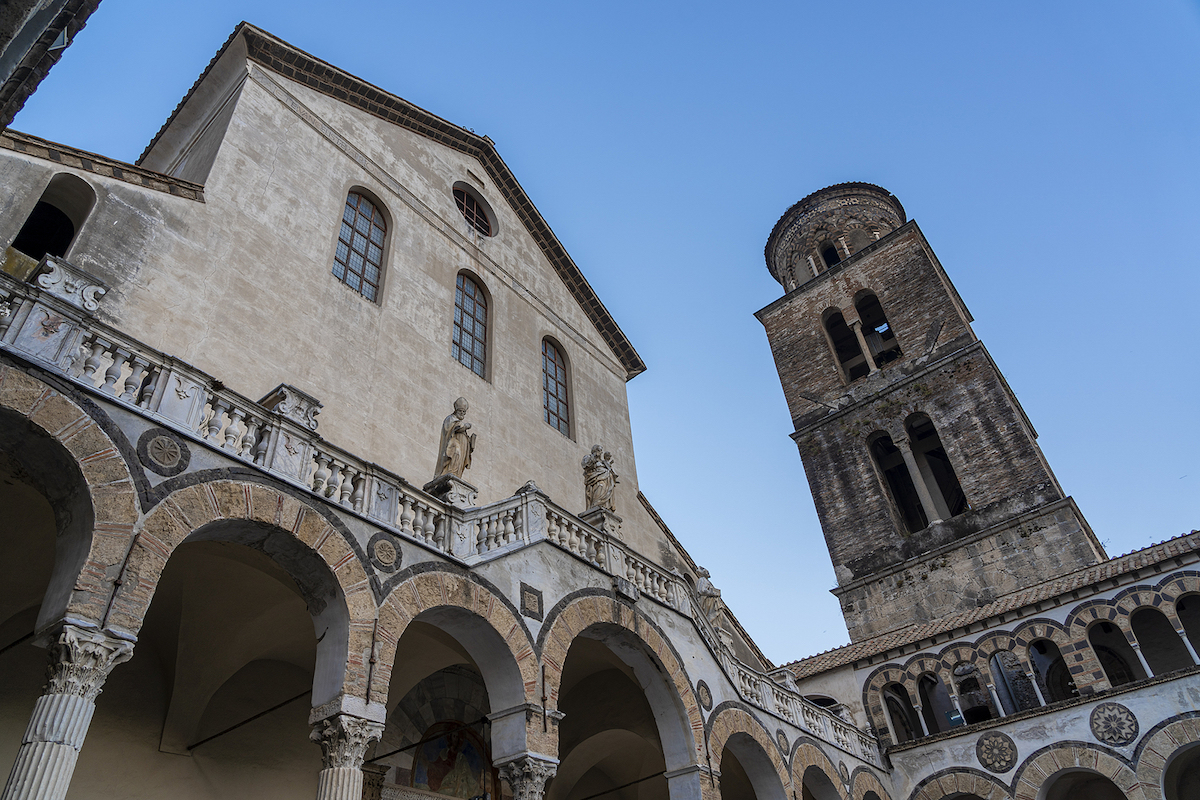 St. Matthew was martyred by the sword in Ethiopia. His original burial place was there, but over time, his relics were transported to Salerno, Italy. In the 10th century, the relics were brought to Salerno Cathedral, where they are now kept. The cathedral features a stunning Romanesque facade and is a destination for pilgrims.
St. Matthew was martyred by the sword in Ethiopia. His original burial place was there, but over time, his relics were transported to Salerno, Italy. In the 10th century, the relics were brought to Salerno Cathedral, where they are now kept. The cathedral features a stunning Romanesque facade and is a destination for pilgrims.
St. Thaddeus (Jude)
 St. Thaddeus, traditionally associated with Armenia, was martyred by arrows there. After his martyrdom there, his remains are believed to have been buried in Armenian soil (currently in West Azerbaijan Province, Iran). Legend has it that a church dedicated to him was first built in AD 66 on the site of his tomb, which became Monastery of Saint Thaddeus, also known as Kara Kilise (the “Black Church”). It is believed to be one of the oldest church buildings in the world. According to other accounts, the remains of Jude were preserved in an Armenian monastery on an island in the northern part of Issyk-Kul Lake in Kyrgyzstan at least until the mid-15th century. Other legends claim that they were moved to a yet more desolate stronghold in the Pamir Mountains. A plain ossuary marked with the inscription “Judas Thaddaeus” was found in Kefar Barukh, Jezreel Valley in Israel.
St. Thaddeus, traditionally associated with Armenia, was martyred by arrows there. After his martyrdom there, his remains are believed to have been buried in Armenian soil (currently in West Azerbaijan Province, Iran). Legend has it that a church dedicated to him was first built in AD 66 on the site of his tomb, which became Monastery of Saint Thaddeus, also known as Kara Kilise (the “Black Church”). It is believed to be one of the oldest church buildings in the world. According to other accounts, the remains of Jude were preserved in an Armenian monastery on an island in the northern part of Issyk-Kul Lake in Kyrgyzstan at least until the mid-15th century. Other legends claim that they were moved to a yet more desolate stronghold in the Pamir Mountains. A plain ossuary marked with the inscription “Judas Thaddaeus” was found in Kefar Barukh, Jezreel Valley in Israel.
St. Simon the Zealot
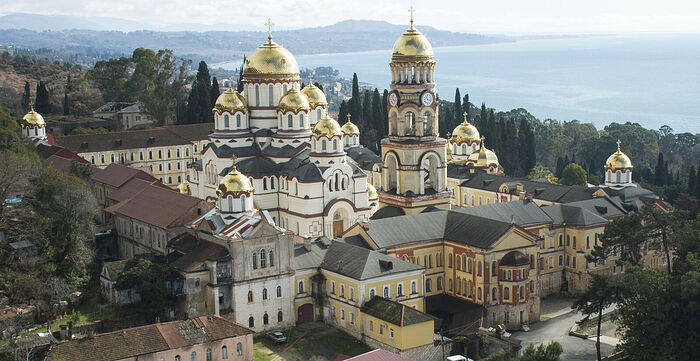
St. Simon the Zealot is traditionally believed to have been martyred alongside St. Jude in Persia (modern-day Iran). He was sawn in half. Both Jude and Simon’s were later brought from Beirut to Rome and placed in the left transept of St. Peter’s Basilica under the main altar of St. Joseph. However, it is unclear how he died: he may have travelled to Georgia, died in Abkhazia, buried in Nicopsia and his remains later transferred to Anacopia (above photo). Other tradition states that he traveled in the Middle East and Africa and was crucified in Samaria or Suanir, Persia or Caucasian Iberia, and or even Caistor, modern-day Lincolnshire, Britain during his mission to Britain during the first year of Boadicea’s rebellion (60 AD).